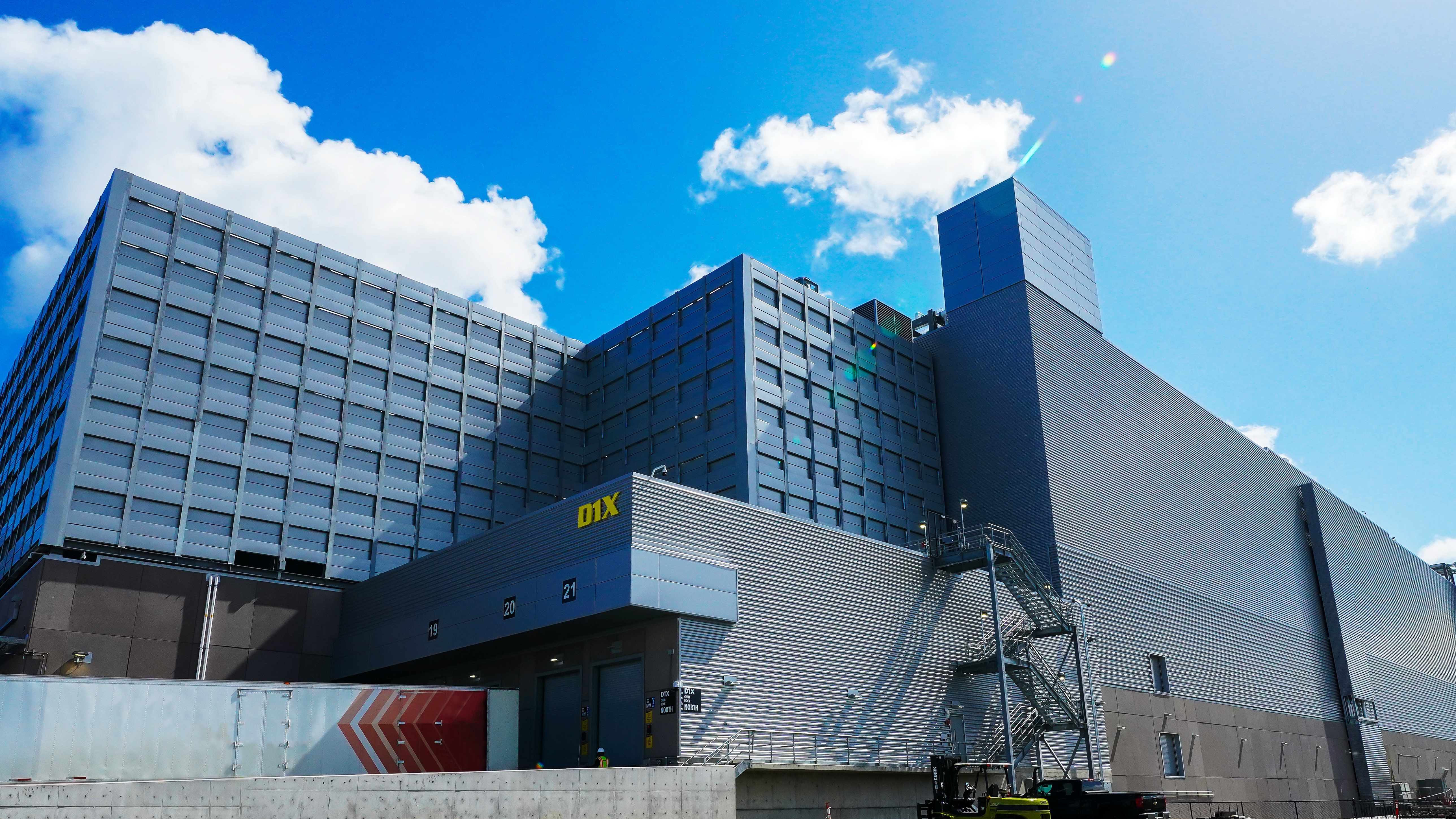Intel draws a line in the sand to boost gross margins — new products must deliver 50% gross profit to get the green light
Lip-Bu Tan is "laser-focused" on getting Intel back to maximizing shareholder value

Intel will not be entertaining any projects that do not promise to double its money going forward. Michelle Johnston Holthaus, CEO of Intel Products, announced at Bank of America's global technology conference that Intel is no longer approving new projects that cannot be proven to earn at least 50% gross margin "based on a set of industry expectations."
Holthaus explained Intel's new risk-averse policy as "something that we probably should have had before, but we have it now so that product doesn’t move forward; you actually don’t get engineers assigned to it if it’s not 50% or higher gross margins moving forward."
Holthaus also clarified that while Intel is not expecting or projecting 50% gross margins across all operations, it is a number the company is aspiring toward internally. All of Intel's future roadmap operations, including Panther Lake and Nova Lake, are also currently expected to reach the 50% gross profit number that the rest of the business aspires to.
The drive behind this initiative is reportedly coming from Intel's new CEO, Lip-Bu Tan. Tan is reportedly "laser focused on the fact that we need to get our gross margins back up above 50%." To accomplish this, Tan is also said to be investigating and potentially cancelling or changing unprofitable deals with other companies.
Intel's margins have slipped to new lows for the company in recent months. MacroTrends reports Intel's trailing 12 months gross margin for Q1 2025 was as low as 31.67%. Intel's gross margins had hovered around the 60% mark for the ten years leading up to the COVID-19 pandemic, falling beneath 50% in Q2 2022 and continuing to steadily fall ever since.
Holthaus predicts a "tug-of-war" to ensue within Intel in the coming months as engineers and executives reckon with being forced between a rock and a hard place. "We need to be building products that... fit the right competitive landscape and requirements of our customers, but also have the right cost structure in place. It really requires us to do both."
CEO Lip-Bu Tan has done much to streamline Intel's operation and right a rocking ship inherited from previous Intel chief Pat Gelsinger. Another major round of layoffs, potentially up to 20% of the remaining workforce, is coming in Q2, arriving after a major leadership change-up to remove middle management between Tan and other team leads.
Get Tom's Hardware's best news and in-depth reviews, straight to your inbox.
Tan is also quoted as wanting to turn Intel into an "engineering-focused company" again under his leadership. To reach this, Tan has committed to investing in recruiting and retaining top talent; "I believe Intel has lost some of this talent over the years; I want to create a culture of innovation empowerment." Maintaining a culture of empowering innovation and top talent seems, on its face, at odds with layoffs and a lock on projects not projected to gross 50% margins, but Tan seemingly has Intel investors on his side in these pursuits.
Follow Tom's Hardware on Google News to get our up-to-date news, analysis, and reviews in your feeds. Make sure to click the Follow button.

Sunny Grimm is a contributing writer for Tom's Hardware. He has been building and breaking computers since 2017, serving as the resident youngster at Tom's. From APUs to RGB, Sunny has a handle on all the latest tech news.
-
jlake3 But B770 is still releasing in Q1 Q2 Q3 as a loss-leader to buy gaming mindshare… right? And a full top-to-bottom lineup for Celestial priced to buy marketshare at any cost?Reply -
Marlin1975 Is this not the same line of thinking that got them in the mess they are in now.Reply
For example giving up on phones as the margins were not good enough?
Or not worrying about Fabs as AMD and others are not competing. and so on. -
JamesJones44 Clear indication Intel is still being run by people who think too much like Wall St and less like a Tech/Innovation company. Not a good sign IMO.Reply -
derekullo It's a good thing Intel has those future predicting AI quantum computers to see which products break at least 50% gross profits!Reply -
elforeign Lip Bu Tan is delusional. Intel no longer occupies a position of market leadership. AMD is continuing to eat their lunch on the CPU side, TSMC has overtaken them on technology leadership, and NVIDIA is the undisputed AI market leader, with the software and hardware stack to back it up for the foreseeable future.Reply
What world does this guy come from where his grand idea is to be risk averse and talk about his great innovation being fleecing their customers with the subpar processors and technologies they've been releasing and will continue to release based on their expensive and inefficient processor stack?
I don't think Intel is doomed, but their leadership inspires zero confidence they'll be able to get back to a strong position. -
John Nemesh They SHOULD be "laser focused" on the CUSTOMERS not the shareholders! All well and good to say you will boost "gross margins", but if your products aren't competitive a 50% margin on declining sales isn't going to go very far!Reply -
joeer77 Technology comes first. Then the margins follow. They have enjoyed 60+% margin for decades. Now they are taking it in the shorts. Release your superior GAA chip this fall and charge accordingly. If they suck expect your margins to continue sucking.Reply -
TerryLaze Reply
Gross margin is a margin but not of profit.derekullo said:It's a good thing Intel has those future predicting AI quantum computers to see which products break at least 50% gross profits!
It's the cost to produce the item compared to the projected price they will ask for it.
There is no guessing involved there, no AI needed, they want to sell a CPU for $500 they will have to make sure it doesn't cost more than $250 for them to produce it.
(Basically a call to the engineers to be sure to use the intel foundry, force them to do it without forcing them to do it. )
Then you subtract development, marketing, research, and all of that, and that gives you the net profit.